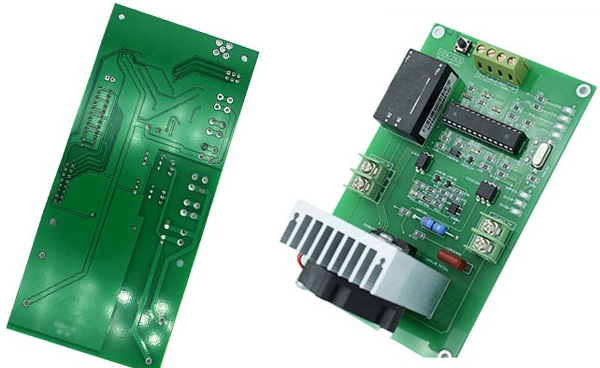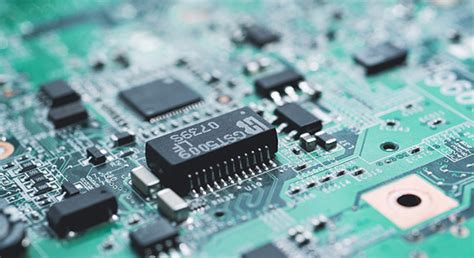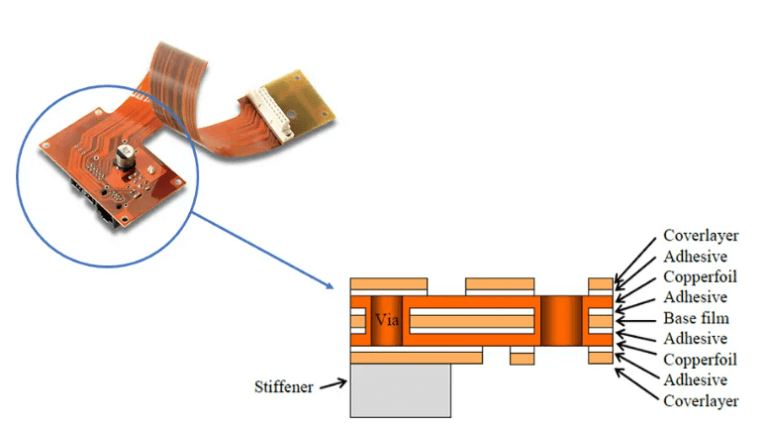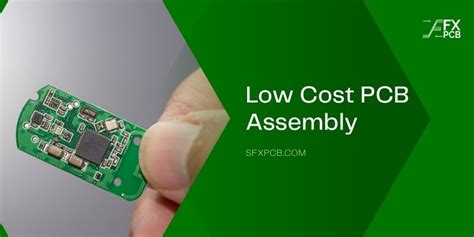How to make PCB design better
PCB layout engineers face thousands of lines on the board every day, various packages, and repeat the work of pulling wires. Many people may think that this is a very boring job. Although they seem to be software operators, designers actually have to make trade-offs between various design rules in the process, taking into account performance, cost, process and other aspects, and paying attention to the reasonable and neat layout of the board. It is not as simple as it seems and requires more wisdom. Good working habits will benefit you a lot, making your design more reasonable, production easier, and performance better. Here are six good habits that will benefit you a lot.
(I) Details determine success or failure
PCB design is a meticulous job that requires carefulness and patience. The mistakes that novices who have just started designing often make are some details. The device pins are wrong, the device package is used incorrectly, the pin order is drawn in reverse, etc. Some of them can be solved by flying wires, and some may turn a board into waste. Check it more when drawing the package, and print out the package before submitting the board and compare it with the actual device. It is not obsessive-compulsive disorder to check it more. It is just to avoid these low-level mistakes that are easy to make. Otherwise, no matter how beautiful the design is, if it is full of flying wires, it is far from being excellent.
(II) Learn to set rules
In fact, now not only advanced PCB design software needs to set wiring rules, but some simple and easy-to-use PCB tools can also set rules. After all, the human brain is not a machine, so it is inevitable that there will be negligence and mistakes. Therefore, set some easily overlooked problems into the rules, let the computer help us check, and try to avoid making some low-level mistakes. In addition, perfect rule settings can better standardize the subsequent work. As the saying goes, sharpening the knife does not delay the chopping of wood. The more complex the scale of the board, the more important the rule setting. Many EDA tools now have automatic wiring functions. If the rule settings are detailed enough, let the tool help you design by itself, and you drink a cup of coffee on the side. Isn’t it more pleasant?

(III) The more you consider others, the less work you have to do
When designing PCB, try to consider the needs of the end users. For example, if you are designing a development board, you should consider placing more silkscreen information when designing the PCB, so that it will be more convenient when using it, and you don’t have to look up the schematic diagram or find the designer for support. If you are designing a mass-produced product, you should consider more problems that will be encountered on the production line, such as the same direction of devices of the same type, whether the device spacing is appropriate, the width of the process edge of the board, etc. The earlier these problems are considered, the less they will affect the subsequent design, and the workload of subsequent support and the number of board changes can also be reduced. It seems that the time spent on the initial design has increased, but in fact it has reduced your subsequent workload. When the board space signal allows, try to place more test points to improve the testability of the board, so that you can also save more time in the subsequent debugging stage and provide more ideas for finding problems.
(IV) Draw a good schematic
Many engineers think that layout work is more important, and the schematic is to generate a netlist to facilitate PCB inspection. In fact, the role of the schematic will be greater in the subsequent circuit debugging process. Whether it is to find problems or communicate with colleagues, schematics are more intuitive and convenient. In addition, develop the habit of marking in schematics, and mark the problems that need to be paid attention to when laying out each part of the circuit on the schematic. It is a good reminder for yourself or others. Hierarchical schematics divide circuits with different functions and modules into different pages, so that the workload can be significantly reduced whether reading the diagram or reusing it in the future. Using mature designs is always less risky than designing new circuits. Every time I see all the circuits put on a drawing, a densely packed piece of devices, my head will be bigger.
(V) Do a good job of circuit layout
After the impatient engineer draws the schematic and imports the netlist into the PCB, he can’t wait to put the devices in place and start pulling wires. In fact, a good PCB layout can make your subsequent pulling work simpler and make your PCB work better. Each board will have a signal path, and the PCB layout should also try to follow this signal path so that the signal can be transmitted smoothly on the board. People don’t like to walk through a maze, and the same is true for signals. If the schematic is designed according to the module, the PCB can be the same. The board can be divided into several areas according to different functional modules. The analog and digital are separated, the power supply signal is separated, the heat generating devices and the sensitive devices are separated, the large devices should not be too close to the edge of the board, pay attention to the shielding of the RF signal, etc. Spend a little more time to optimize the layout of the PCB, and you can save more time when pulling the wires.
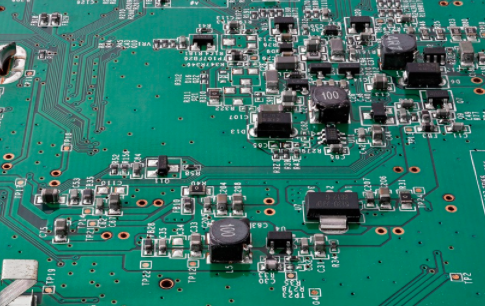
(VI) Try to do simulation
Simulation is often something that PCB design engineers are reluctant to touch. Maybe someone will say, even if I simulate, there will still be a difference between the actual PCB and the simulation result, so why should I waste time on simulation? If I don’t simulate, the board I made will work well? I am helpless with this idea. There is no problem with one or two designs, but it does not mean that there will be no problems in the future. Although there are differences between the simulation results and the actual results, the simulation can show the correct trend of changes, and we can make our own judgments based on the trend. It may be difficult at the beginning, and you may be confused about the simulation parameters and simulation models. This is all normal. As long as you start, do it slowly, and accumulate slowly, you will realize the importance of simulation. Before the board is completed, determine the location where problems are prone to occur in advance, solve it in advance, and avoid problems. The more simulations you do, the more you will understand the root causes of the problems, which will also be of great help in improving your design capabilities.

